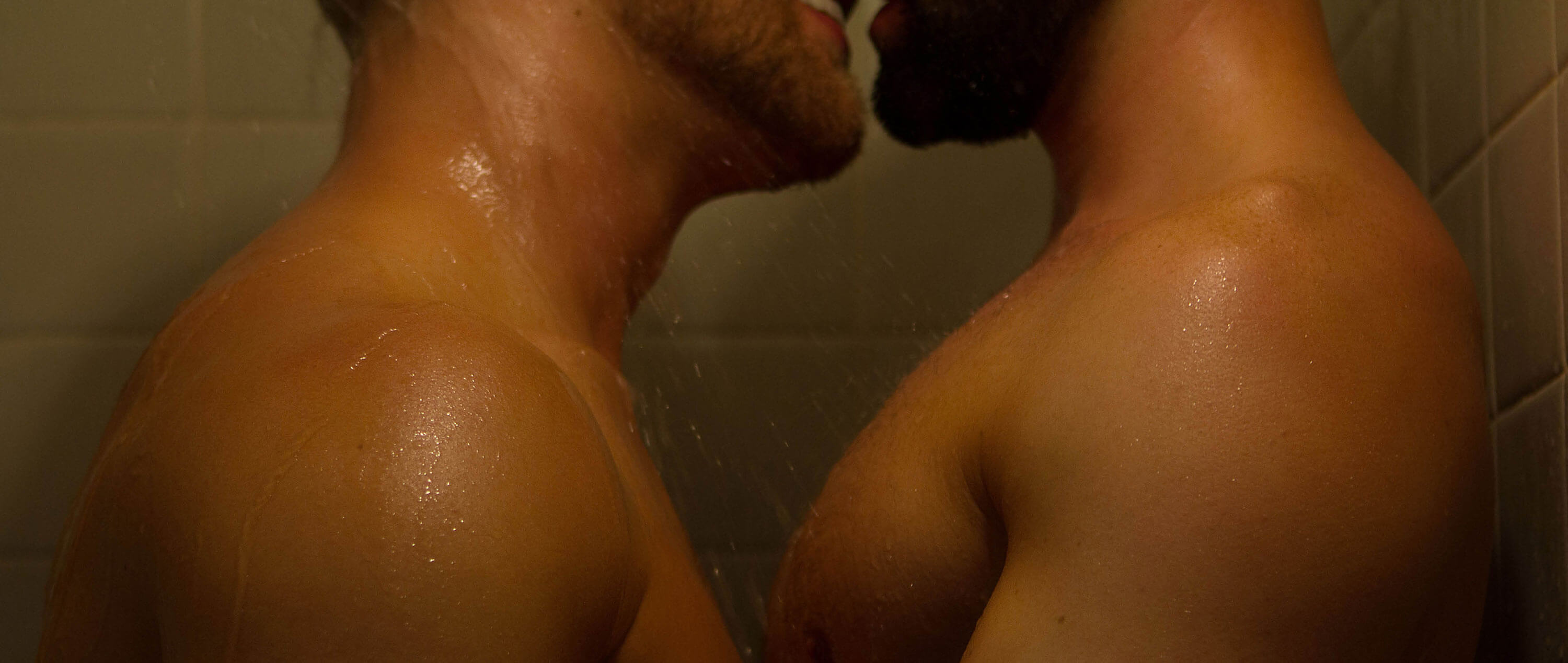Instagram is great for makeup tips, puppy memes, and bomb selfies – this is a fact. The app has, however, also changed the way we date. Remember when Marc Jacobs accidentally posted a nude selfie he had intended for one man’s eyes only? The designer taught us all a lesson that day: all it takes is a strategically-placed selfie, a few coded emojis, and a deliberately suggestive caption to ensure all the boys on your ‘follower’ list will slide into your DMs.
However, this tried-and-tested strategy – essentially the “bend and snap” of the iPhone age – may be about to die out. Just a few days ago, Instagram announced a new policy intended to crack down on what it deems to be ‘sensitive’ content by blurring certain photos which breach the – unsurprisingly vague – rules. In an official statement, Instagram’s own account posted the following explanation: “While these posts don’t violate our guidelines, someone in the community has reported them and our review team has confirmed they are sensitive. This change means you are less likely to have surprising or unwanted experiences in the app.”
There are, of course, well-documented restrictions already in place. The app is known for its censorship of art and hypocritical attitudes towards male and female nudity – nipples are, for some reason, a particular source of offense – and for unjustifiably removing images so often that Molly Soda and Arvida Bystrom teamed up to release ‘Pics or it Didn’t Happen’ in response. Not only does the book provide a home for hundreds of censored images, accompanying captions detail the often bewildering explanation and therefore highlight the inconsistency of the app’s guidelines.
If Instagram’s censorship policy is already vague at best, what exactly can be achieved by blurring ‘sensitive content’? Furthermore, what counts as inappropriate enough to be blurred but not offensive enough to be removed?
A glimpse at the potential pitfalls recently came courtesy of YouTube’s controversial ‘Restricted Mode’ which was called out for alleged homophobia. User Rowan Ellis was one of the first to notice that the site’s restrictions were filtering out non-sexual, non-explicit, queer content including music videos and trans makeup tutorials, whereas other investigations seemed to suggest that keywords like ‘gay’ and ‘sexuality’ were almost universally banned.
Like Instagram’s new policy, videos caught in the ‘restricted’ filters were not removed by YouTube but instead blocked in ‘Restricted Mode’ which, the site said, was a feature intended to create a family-friendly site for in-school use. The problem, however, was exacerbated when videos restricted by the guidelines were demonetized, essentially meaning that LGBTQ+ users were losing valuable ad revenue for merely choosing to discuss their sexuality. Although YouTube apologized, the damage had essentially been done.
Put simply, this is important. Sex education is mandatory in schools, LGBTQ+ sex education is not. Queer identities are often erased by national curriculums, meaning that YouTube is a valuable source of information for inquisitive teenagers. The same can be said of Instagram to an extent – the site provides a platform for others to seek out queer, gender non-conforming, and trans users, all of whom could either educate young users on identity politics or provide a valuable recognizable face for teens questioning their own sexuality and gender identity.
It’s also no secret that sponsored Instagram posts are becoming a key source of revenue for influencers, meaning that this new ‘sensitive content’ filter could become a resource for homophobic accounts to restrict content based on their own prejudice. This is, of course, speculation, but it goes without saying that vague censorship guidelines have never been particularly kind to LGBTQ+ communities – our existence is often sexualized, stereotyped, and deemed ‘inappropriate’ by default.
So, not only will the possibilities of luring in thirsty new dates be restricted, the guidelines could also have implications for young users who rely on the platform to see representations of themselves often absent from their own surroundings. This may be speculation, but an app’s deliberately fluid language is inherently speculative. In fact, this is the problem – by relying on a free-floating definition of ‘sensitive’ and omitting an exhaustive list of restrictions, these platforms allow for cultural definitions of ‘inappropriate’ content usually buoyed by discriminatory attitudes to become enforceable.
Finally, the new guidelines introduce yet another barrier for young LGBTQ+ influencers using their social media platforms to discuss the important issues which, despite what historic, homophobic legislation would insinuate, does not equate to the ‘promotion’ of homosexuality. Discussions of queerness and sexuality are not ‘inappropriate’ by default; ironically, modern youth is the demographic most in need of this education in order to understand today’s rapidly-changing world. So, it may be time to say goodbye to hashtags like #thirsttrap and #instagay once and for all – a departure revelatory of an increasingly sanitized world still reluctant to truly engage with ‘sensitive’ discussions.
Don't forget to share:
Help make sure LGBTQ+ stories are being told...
We can't rely on mainstream media to tell our stories. That's why we don't lock our articles behind a paywall. Will you support our mission with a contribution today?
Cancel anytime · Proudly LGBTQ+ owned and operated
Read More in Culture
The Latest on INTO
Subscribe to get a twice-weekly dose of queer news, updates, and insights from the INTO team.
in Your Inbox













